The Beloved Sapphire
Sapphire has long been cherished for its beauty and cultural significance. In addition to its intriguing history, myths, and symbolism, sapphire possesses unique physical properties that contribute to its allure. This article will explore the hardness and physical properties of sapphire, as well as provide guidance on how to distinguish between real and fake sapphires.
A Glimpse into History
Sapphire has a storied past dating back thousands of years. It was first discovered in ancient civilizations such as Egypt and Mesopotamia, where it was considered a symbol of power and protection. The Greeks believed that sapphire had the ability to ward off evil spirits, while the Romans associated it with wisdom and faithfulness. Throughout the Middle Ages, sapphire was highly coveted by royalty and clergy, with the belief that it bestowed divine blessings.
Myths and Legends
In many cultures, sapphire has been associated with various myths and legends. In ancient Persia, it was believed that the Earth rested on a giant sapphire, giving the sky its blue colour. Hindu mythology tells the tale of the "Kalpavriksha," a divine tree with leaves made of sapphire, believed to grant wishes. In medieval Europe, sapphire was thought to protect its wearer from poisoning and evil spells.
Hardness and Physical Properties
Sapphire, a variety of the mineral corundum, is renowned for its exceptional hardness. On the Mohs scale, which measures a gemstone's resistance to scratching, sapphire ranks 9 out of 10, just below diamonds. This remarkable hardness makes sapphires suitable for everyday wear and ensures their longevity.
In terms of physical properties, sapphire exhibits a vitreous (glass-like) lustre when polished, enhancing its brilliance and shine. It has a specific gravity typically ranging from 3.95 to 4.03, making it denser than most other gemstones. Additionally, sapphires have a refractive index of approximately 1.76 to 1.77, which contributes to their ability to reflect and refract light, resulting in their vibrant and captivating colours.
The Meanings and Properties of Sapphire
The unique properties of sapphires extend beyond their physical durability. They are believed to possess metaphysical qualities such as enhancing intuition, promoting mental clarity, and balancing emotions. Some also attribute healing properties to sapphire, claiming that it can alleviate ailments related to the eyes, throat, and nervous system.










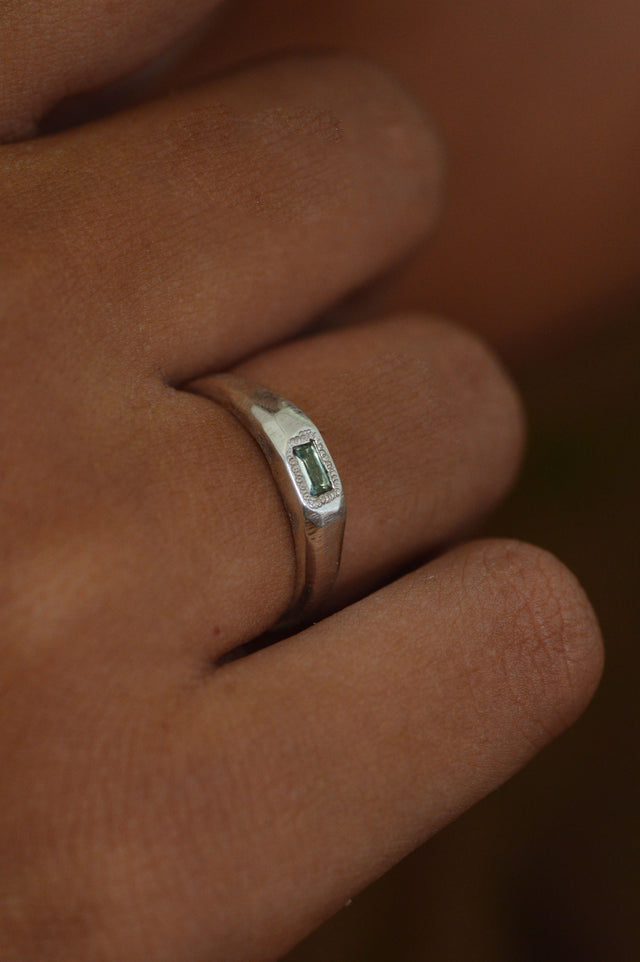

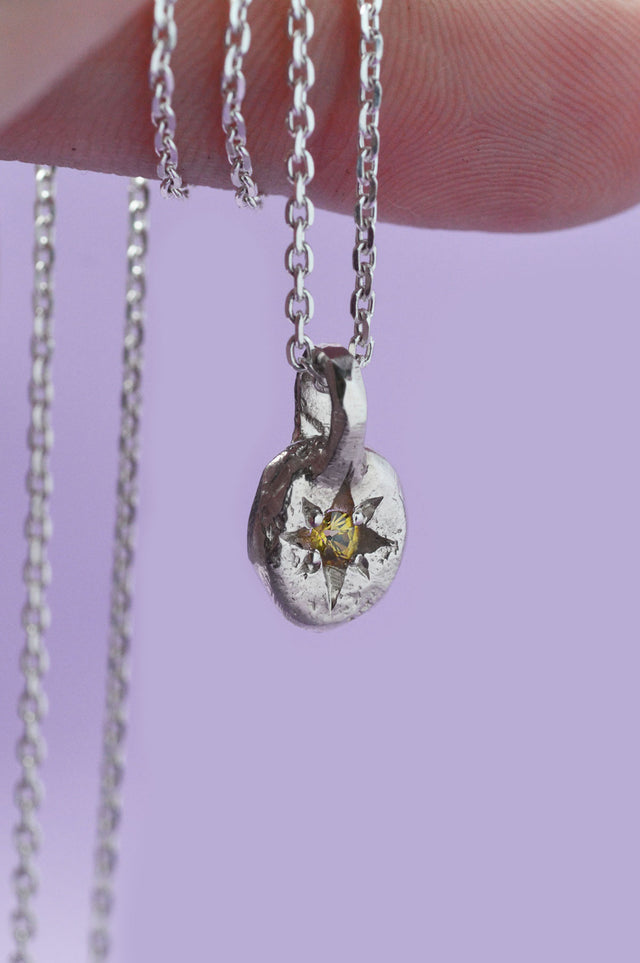
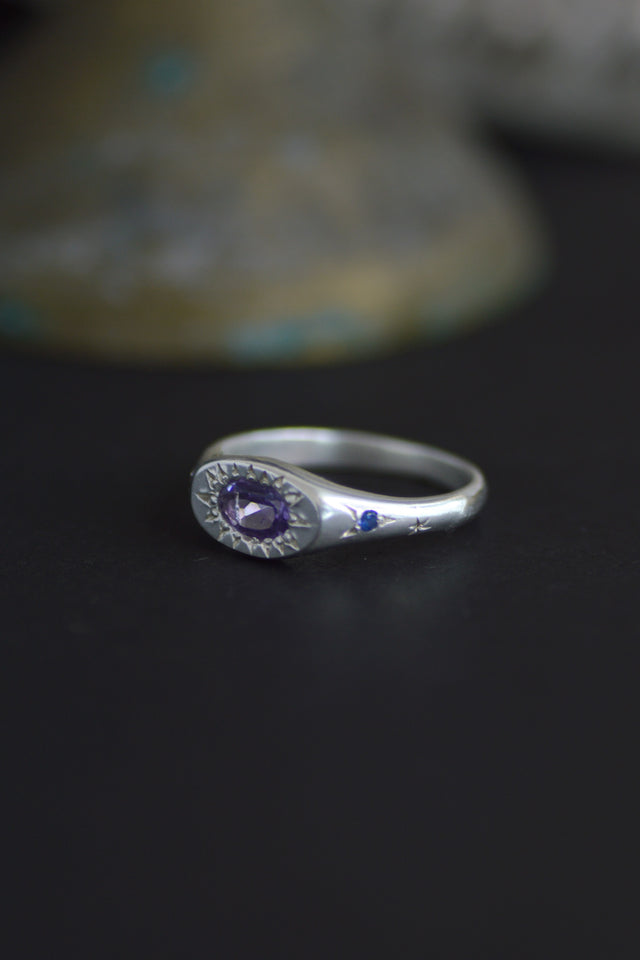
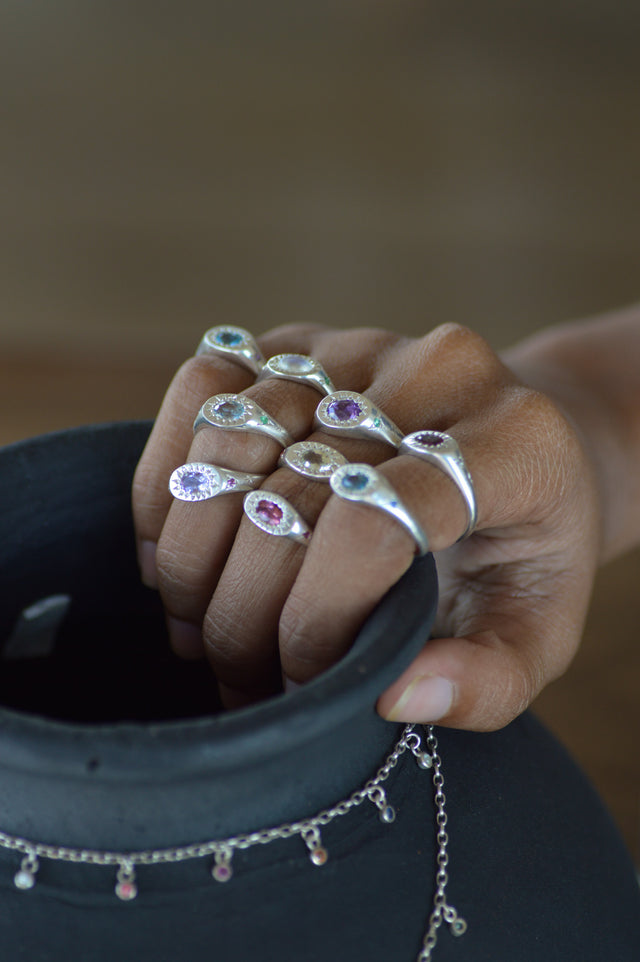

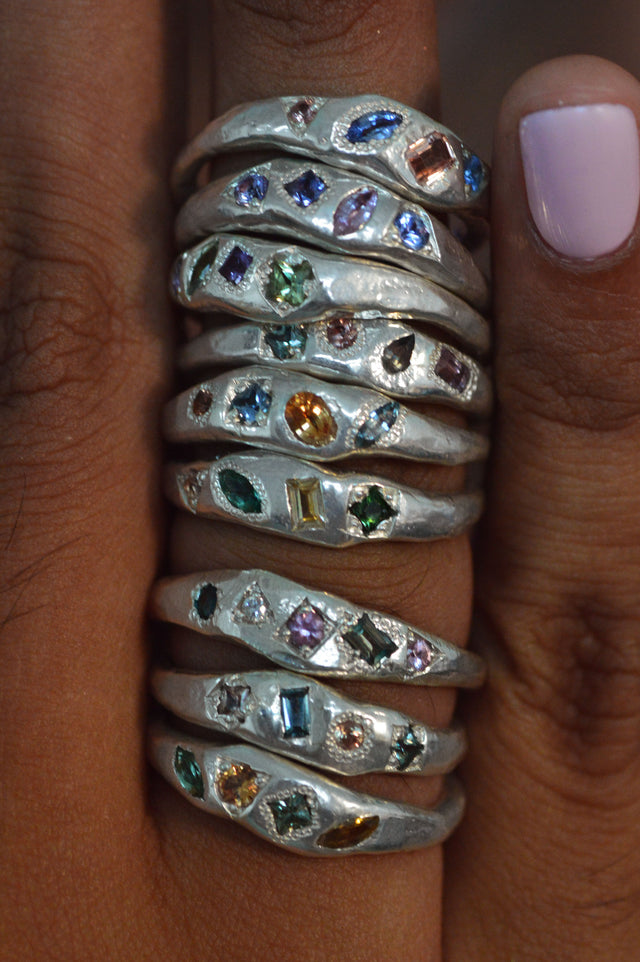

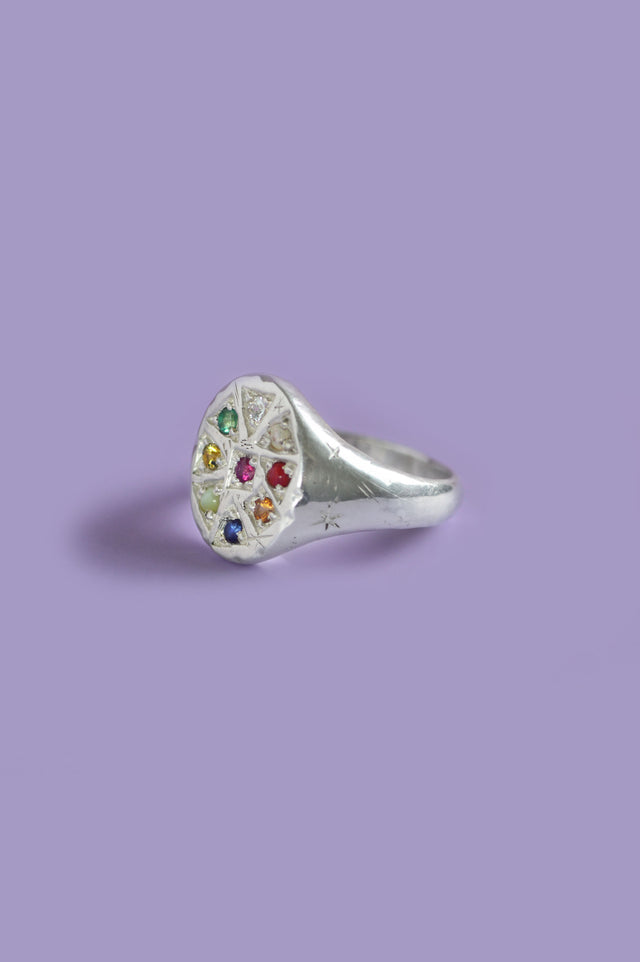


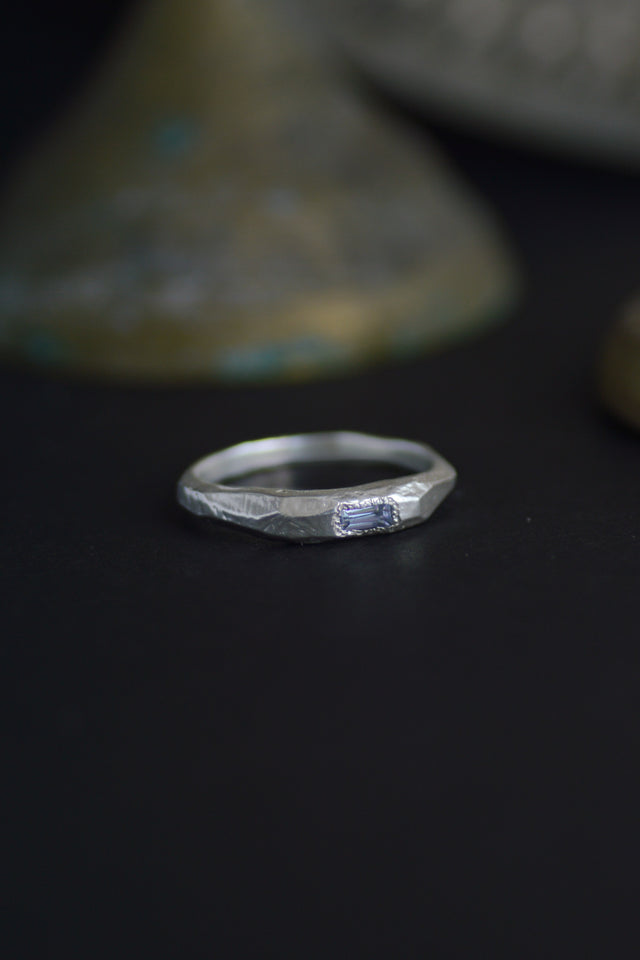
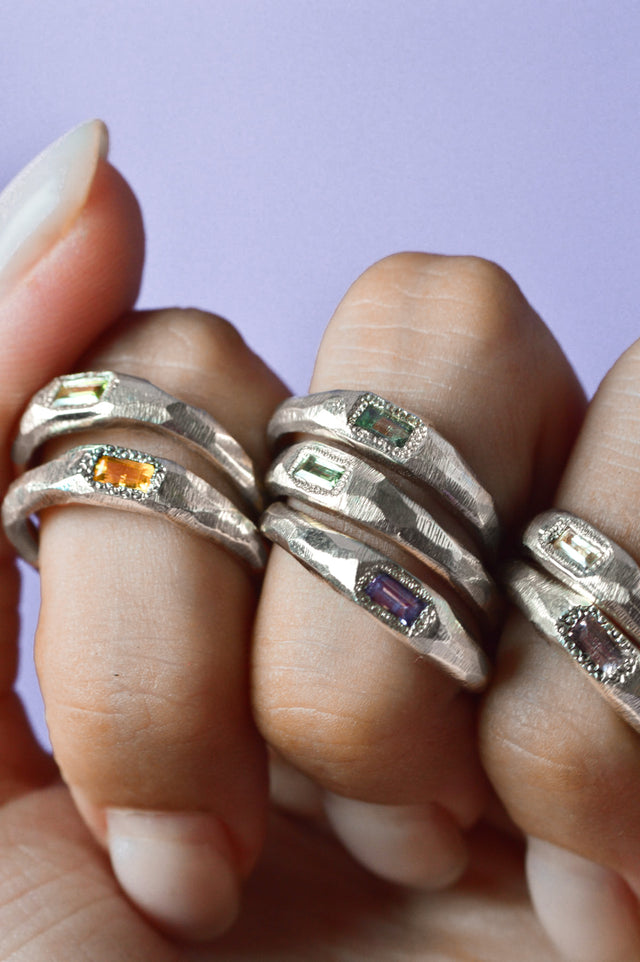
0 Comments
There are no comments for this article. Be the first one to leave a message!